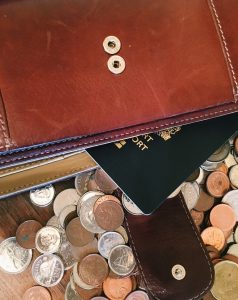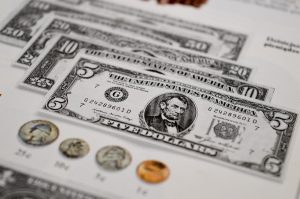Forex majors and minors are commonly used terms in the world of foreign exchange trading. These terms refer to the most actively traded currency pairs and the less actively traded ones, respectively. Understanding the difference between majors and minors is essential for anyone who wishes to make informed decisions when it comes to trading forex.
Forex Majors
The forex majors are the most actively traded currency pairs in the world. These include the US dollar (USD), the euro (EUR), the Japanese yen (JPY), the British pound (GBP), the Swiss franc (CHF), the Canadian dollar (CAD), and the Australian dollar (AUD). These currency pairs account for approximately 85% of all forex trading volume.
The US dollar is the most traded currency in the world, and it is involved in almost 90% of all forex transactions. The euro is the second most traded currency, accounting for roughly 34% of all forex trading volume. The Japanese yen and the British pound are also popular currencies that are traded on a large scale.
Forex Minors
Forex minors are currency pairs that are less actively traded than the majors. These pairs usually involve a major currency paired with a currency from a developing country or an emerging market. Examples of forex minors include the USD/MXN (US dollar/Mexican peso), EUR/TRY (euro/Turkish lira), and GBP/ZAR (British pound/South African rand).
Forex minors typically have lower liquidity and higher bid-ask spreads than the majors. This means that it can be more challenging to buy and sell these currency pairs at favorable prices. However, forex minors can also offer opportunities for traders who are willing to take on more risk.
Why Trade Forex Majors and Minors?
Trading forex majors and minors can offer several benefits to traders. One of the primary advantages of trading the majors is that these currency pairs are highly liquid, meaning that they can be bought and sold quickly and easily. This makes them an attractive option for traders who want to enter and exit positions quickly.
The majors are also less volatile than the minors, which can be beneficial for traders who prefer a more stable trading environment. However, the lower volatility of the majors also means that they may not offer the same potential for high returns as the minors.
Trading forex minors can be riskier than trading the majors, but it can also offer the potential for higher profits. Because these currency pairs are less liquid, they can be subject to more significant price fluctuations, which can create opportunities for traders who are willing to take on more risk.
Conclusion
In summary, forex majors and minors are terms used to describe the most actively traded currency pairs and the less actively traded ones, respectively. The majors include the US dollar, the euro, the Japanese yen, the British pound, the Swiss franc, the Canadian dollar, and the Australian dollar. The minors involve a major currency paired with a currency from a developing country or an emerging market.
Understanding the difference between majors and minors is essential for anyone who wishes to trade forex. Trading the majors can offer a more stable trading environment, while trading the minors can offer the potential for higher profits. Ultimately, the decision of which currency pairs to trade will depend on a trader’s individual goals, risk tolerance, and trading strategy.





